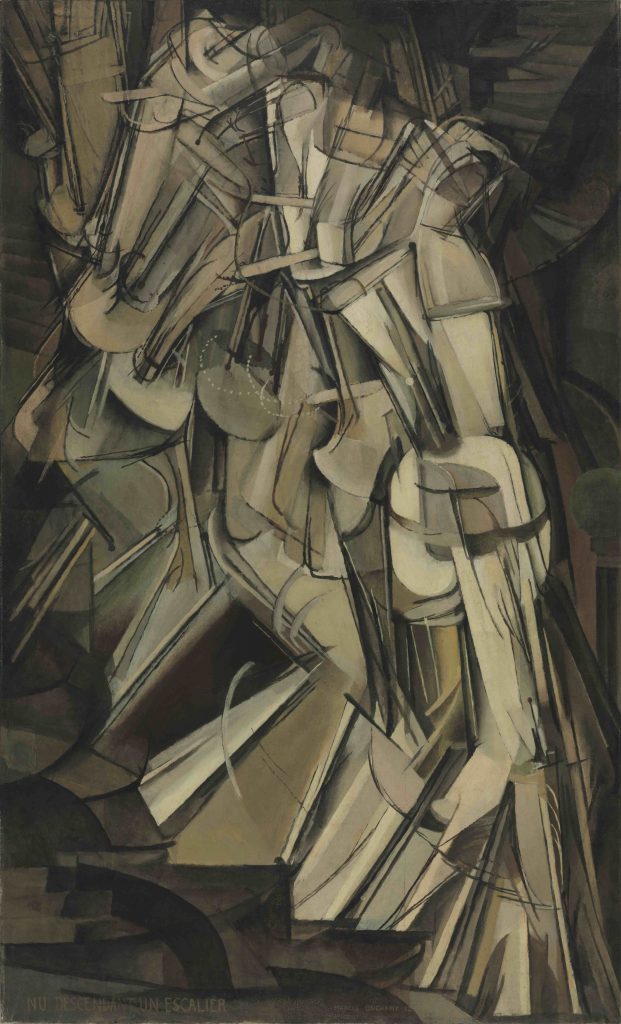I earned a cum laude doctorandus degree (Drs.) – the equivalent of a Masters degree – at the University of Amsterdam in the Netherlands. My specialization was Computational Musicology and I wrote my thesis on strategies to mathematically generate sounds with the assistance of the computer. The sound models – along with code, descriptions and graphical representations of these “computer instruments” – can be seen in the final doctorandus thesis (equivalent of M.A. thesis): the Amsterdam Catalogue of Csound Computer Instruments.
I was then offered a teaching assistantship in the United States at the University at Buffal (SUNY) , at Lake Erie in the vicinity of the Niagara Falls.
There taught Music History to undergradute students, took further graduate course and finally earned a Ph.D. in Music. My dissertation on the history of modernistic ideas in the 20th century focused on the interrelationship between Pierre Boulez, Olivier Messiaen, Karlheinz Stockhausen and the father of it all – John Cage. I entitled my work: “The Origins of Synthetic Timbre Serialism and the Parisian Confluence, 1949-1952.”
I explored in depth the ways in which modernistic ideas were impacted by the big political events of the 20th century, most importantly the rise of fascist ideology and the repression of art tendencies as degenerated and the flight of many leading intellectuals and artists to France and the United States.
An abstract of my work is here, should you be interested in the topic. A download link for the dissertation is here.

In the process of searching my dissertation topic I first focused on a quite different topic. I created sonogram analysis for an iconic work of modern music – Gesang der Jünglinge im Feuerofen by Karlheinz Stockhausen. The music was created in 1956 with analog electronic technology only. When I found the compositional sketch materials for the composition in the New York Public Library I was deeply fascinated by the energy, commitment and creativity, arising from these materials. This looked like a daunting task to undig the treasures of this creative wizzardry. Stockhausen created each sound as if it were a miniature universe. I found much beauty there. Here is an excellent introduction into this seminal piece of music.
The music itself was created for five loudspeakers originally, four in the horizontal space and one was originally placed above the audience. Recordings of a boy singing passages from the Book of Daniel of the bible create a strange sense of intimacy with an unknown world of sounds.
More information on the sonogram analysis, including a download link.
I got a further degree at the University of Buffalo, a Masters Degree in Information and Library Sciences, M.L.S. with specialization in Music Librarianship. This was somewhat a piece of cake as I had already most of the need music courses absolved and then only had to add courses in Information and Library Sciences. It was a rational choice to bring my knowledge in the music field into a professional field, where jobs were for the taking. Especially with the pressure of having no staying permit in the United States, I wanted to make sure I could find a job and get a visa for a longer stay at the time I decided this additional qualification.Among other locations I worked for some time as Music Librarian at the Philips Exeter Academy in New Hampshire. In this time I was given the opportunity to create a music library from scratch, building on a vast amount of gifts from alumni, that had been piled up in the cellar as well as newly bought resources. I am grateful to my honorous teachers of music librarianship – Jim Covey and Carol June Bradley – for providing me with the tools needed to set up a library with love and in the spirit of service. I am also grateful to Jackie Thomas, our head in the Class of 1945 Library at Philips Exeter, for her warm support and the opportunity to serve as a reference librarian half-time, supporting students in writing their papers on American history. It feels good to be trusted. It was much fun to work on her team and a architectural memorable work place as well.
I also got a degree second level (of six possible) in piano playing from the Paris Ecole Normale de Musique de Paris. I sadly realized and accepted that the race for the work of pianist in classical music was not for me. Today I play music for fun, mostly on the piano. I also like to sing on No Talent Shows in some of the longer NVC trainings. And I listen to music with great joy, continue to be curious and open for music.
